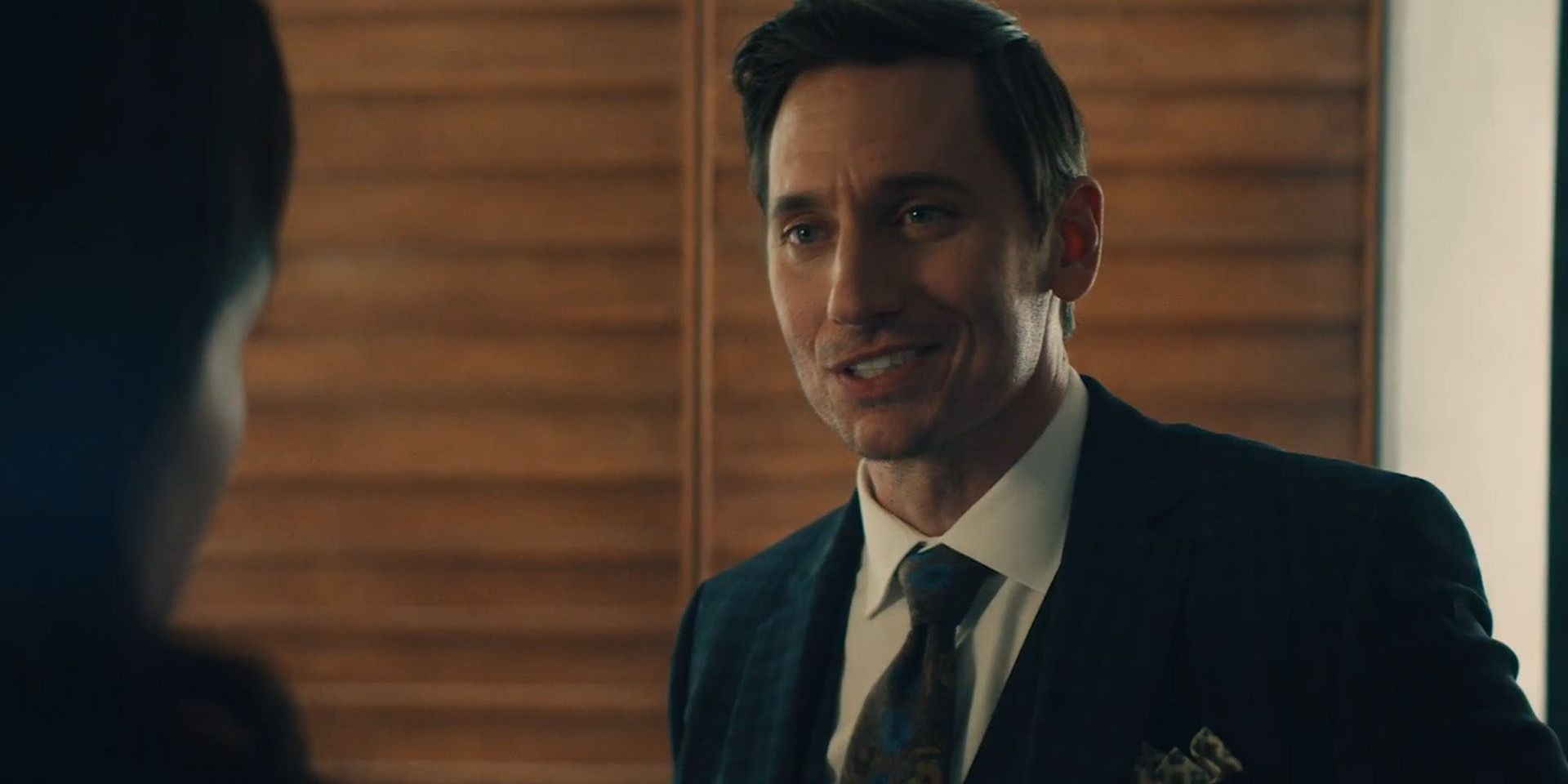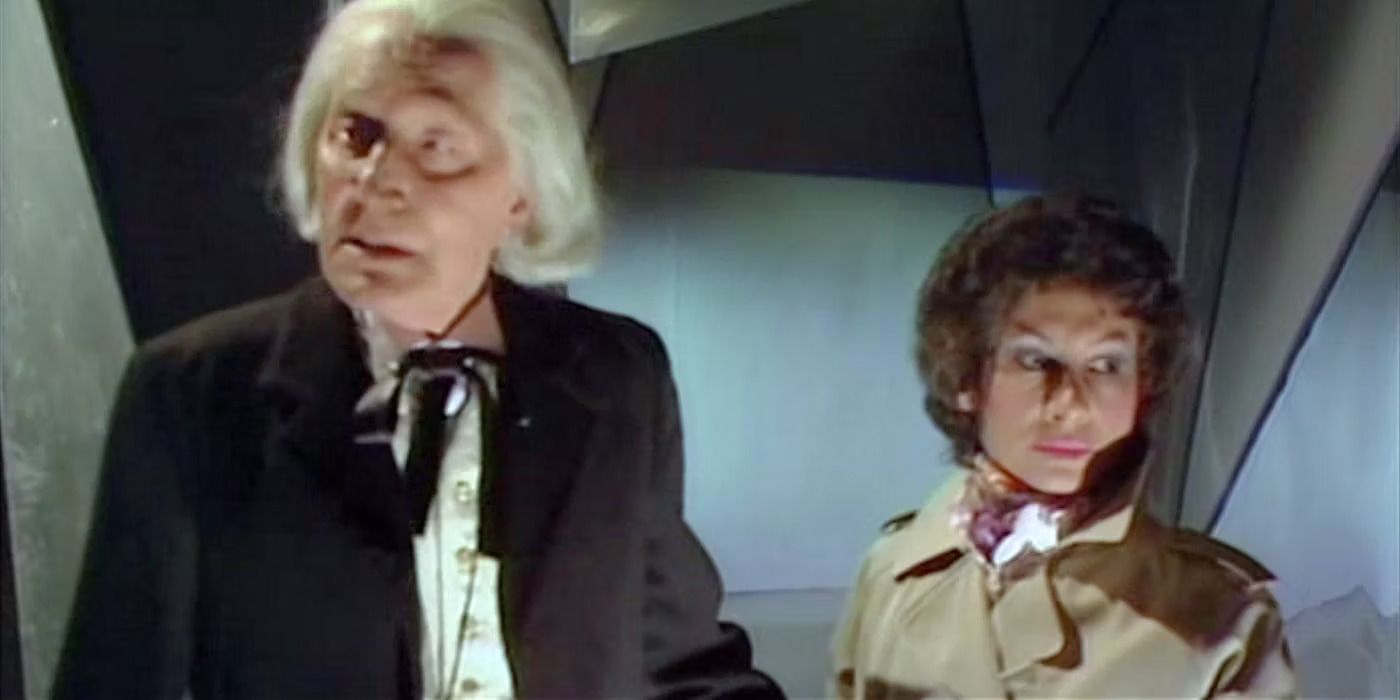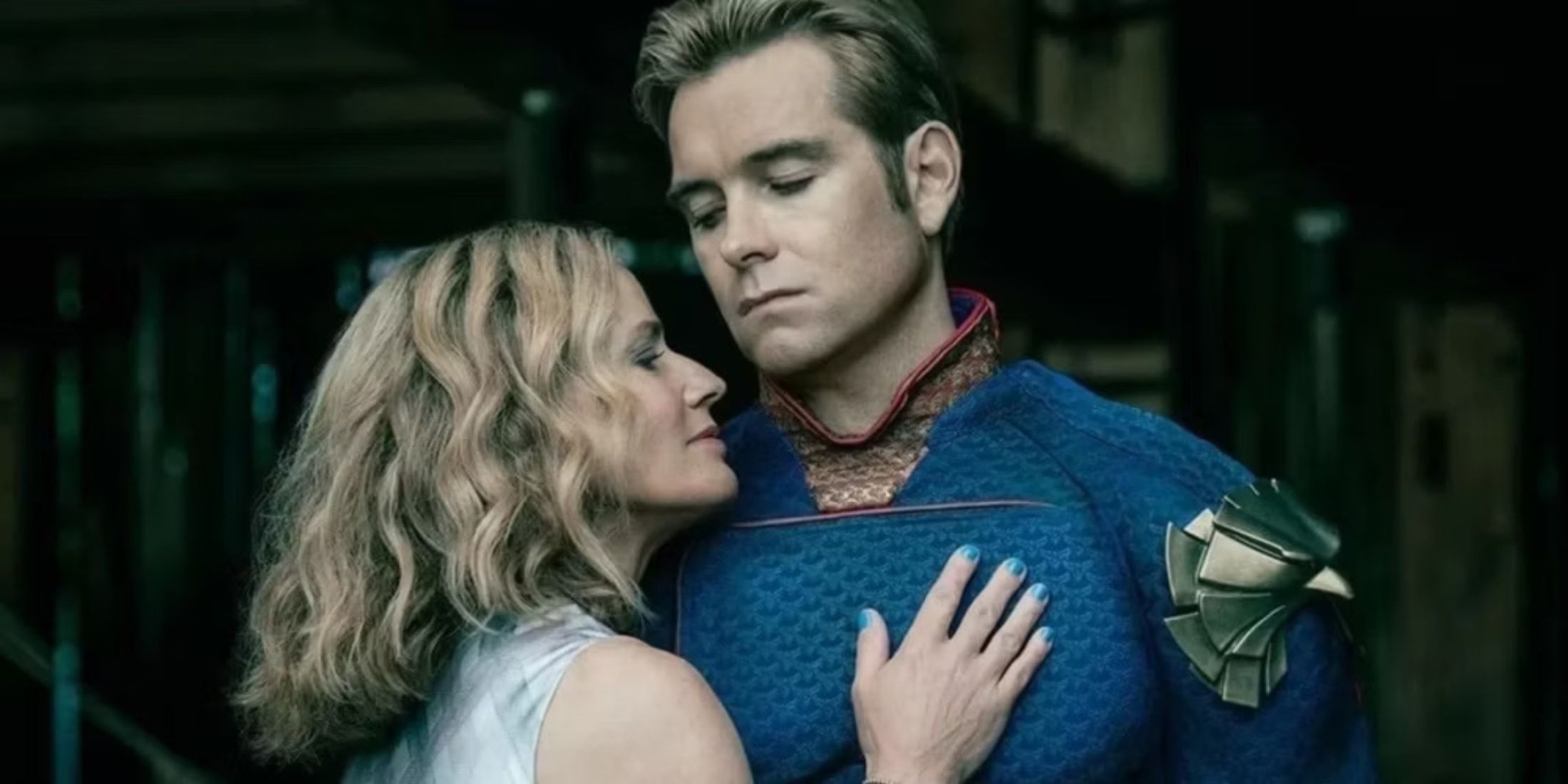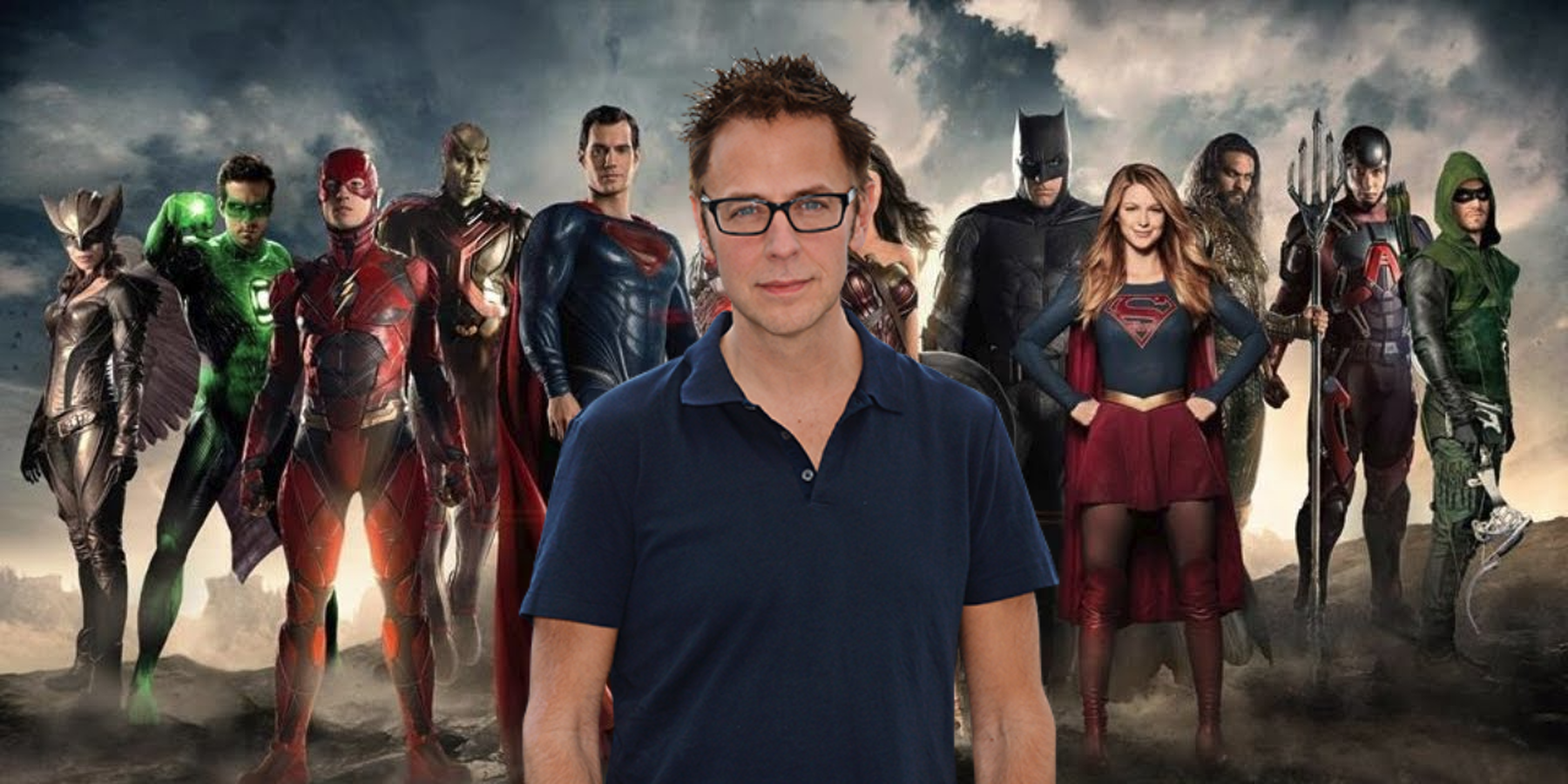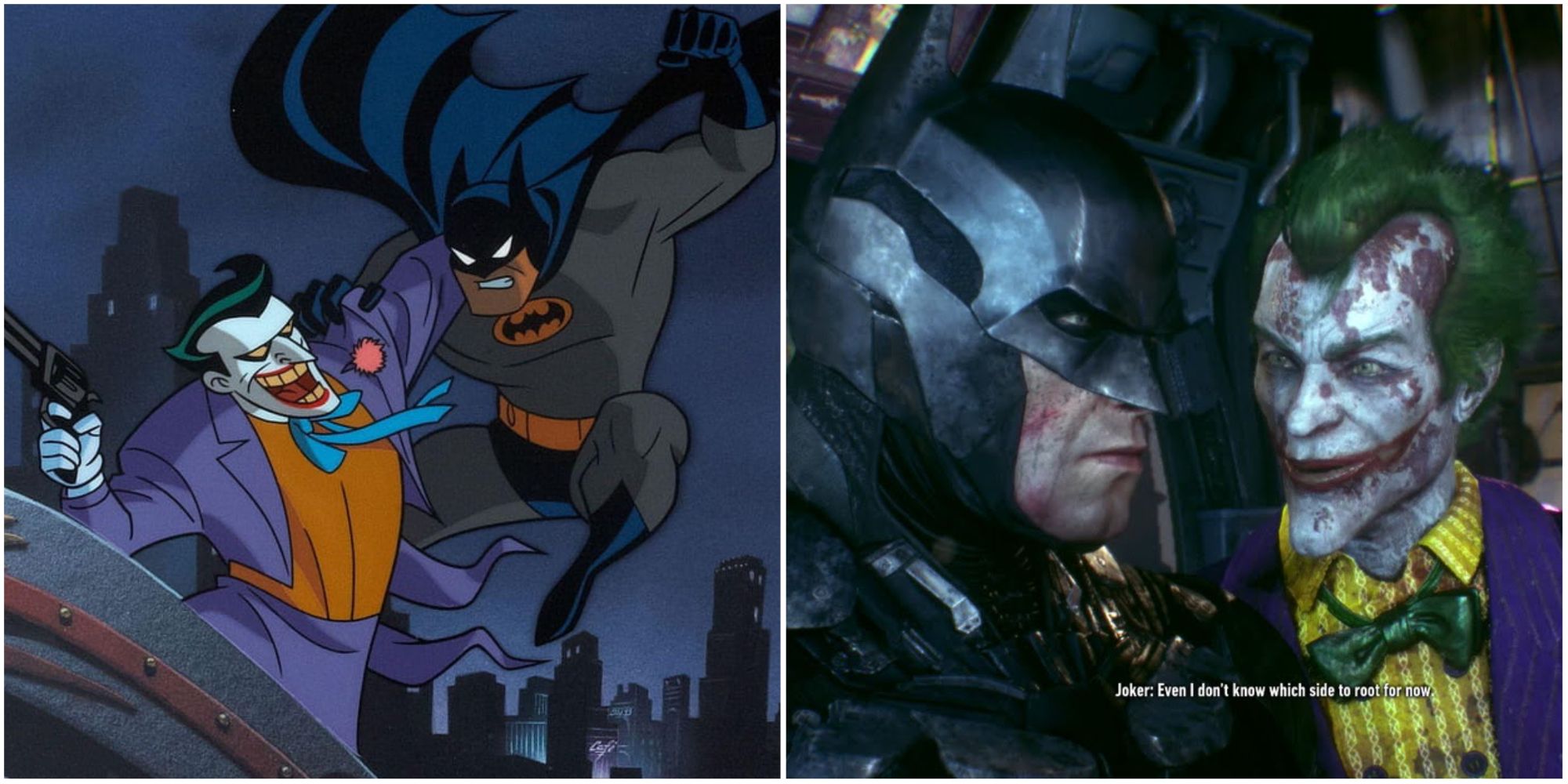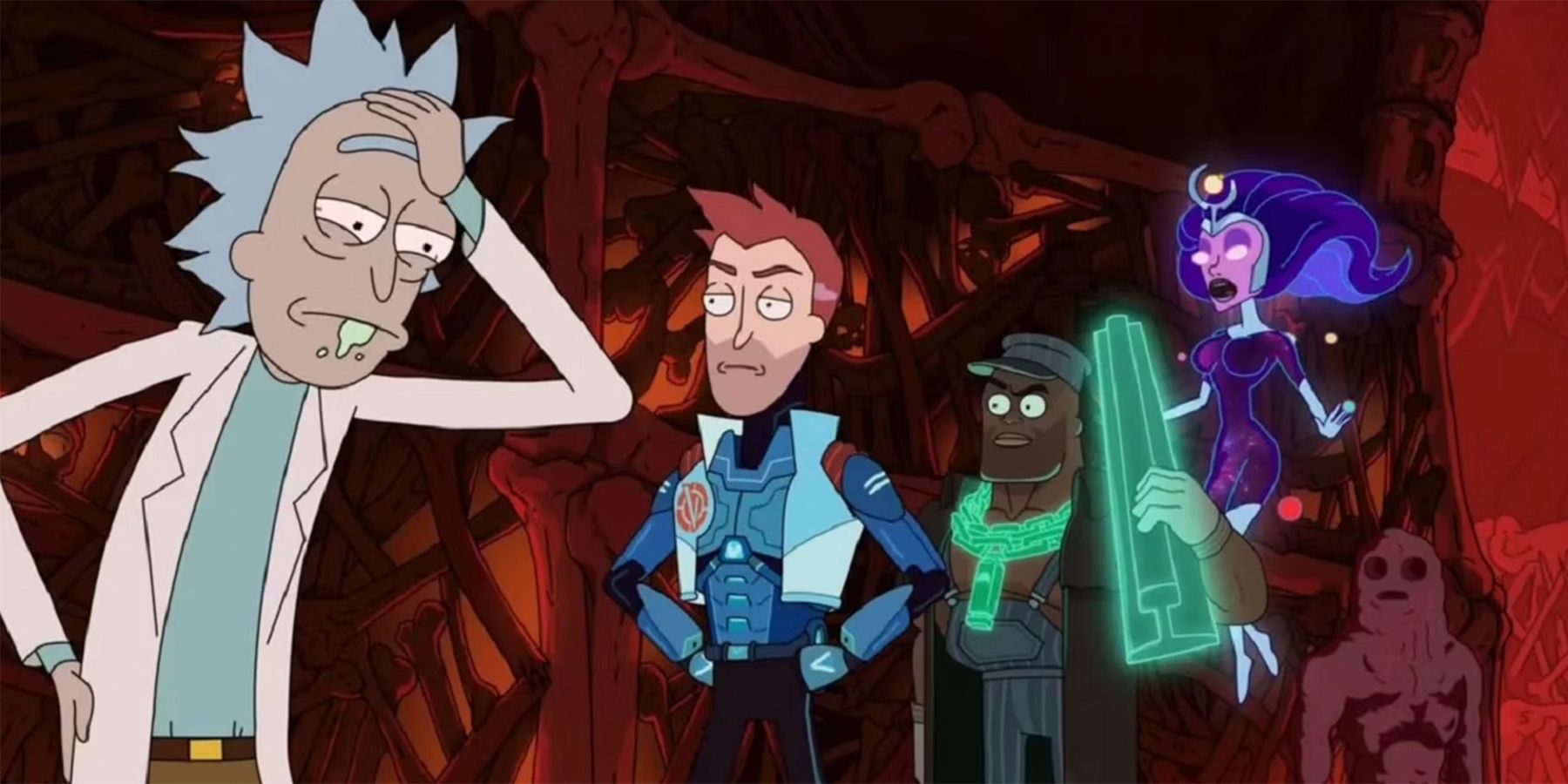Fans were patiently awaiting the new slate that James Gunn and Peter Safran announced a few days ago, wondering what the fate of the ongoing DC universe was after the Warner Bros. Discovery merger had upended the company’s chessboard, so to speak. Along with an announcement that the Snyderverse was overall getting axed (it turns out The Flash being the Flashpoint story isn’t false), projects centered around Batman, Superman, and Supergirl, there’s going to be an Amanda Waller series as well as a Creature Commandos series that will cross over with animated versions and back again.
In fact, that was a minor, but key thing mentioned at the slate announcement, that going forward all future DC properties would be unified across the board with the actor who gets cast for the live-action version of something now doing triple duty as the voice of the animated character and their video game iterations as well. It’s a bold business move, but one that comes with more trouble than it’s worth.
It Hurts The Voice Artist Market
The idea of a unified universe—say, taking what Marvel has done through movies and TV shows and applying it even further—taking the Avengers game from generic voice actors and having Chris Evans and Robert Downey, Jr. voice Captain America and Iron Man respectively—and these versions have been modeled extensively on those famous faces, by the way—and it’s all one great big grand storytelling field, in theory.
In practice, it lays the groundwork for an absolute minefield. For one thing, it hurts the pool of talented voice actors that exist and do wonderful work. Think of most of Dreamwork’s early work in which they’d cast someone like Angelina Jolie, a very talented actress in the movies, as the voice of the lady fish in Shark Tale. It comes down to the fact that it’s because she doesn’t have a very unique voice—she’s not Christopher Walken or Holly Hunter who sound special just because of their accents.
Now imagine this for any other beloved iteration. Batman: The Animated Series introduced kids to not only the most universally beloved iteration of the Dark Knight, but also introduced audience to Star Wars star Mark Hamill as the Joker and the late, great Kevin Conroy as Bruce Wayne/The Batman. If this DC plan had been in place, then, however, audiences would have never gotten that show. Nor all the wonderful art deco art, nor the “Max Fleischer Superman but done gothic” take on the characters.
In 1992 Batman was Michael Keaton and the Joker was Jack Nicholson. Audiences would have gotten a Filmation-looking series with the characters drawn to look like those actors. And there’s nothing saying it would have been worse, had they done the voices, but being as beloved and creating everybody’s favorite versions of those two characters? Hardly. If this plan had been in place even a few years ago, there’d be no Batman: The Brave and the Bold with Diedrich Bader’s Adam West-inspired Batman, it’d be something with Christian Bale in the part. Or maybe Ben Affleck. Margot Robbie would be voicing Harley Quinn on HBO instead of Kelly Cuoco.
And trying to imagine the Arkham games with Bale and Heath Ledger (or Affleck and Jared Leto)? No, thanks. In short, it’d be a very different, very creatively limited landscape instead of one that’s able to provide fans with different takes on their favorite characters.
It Puts A Lot On The Actors
Think of the example of any bland-sounding famous person voicing a cartoon, one that turns out to be pretty lousy, and the audience realizes the movie was being sold on the back of cramming in as many famous faces as possible as if somehow that magic that comes about when an actor is really on screen before them will still be there when it’s just their voice coming out of some kiddie-CGI family-friendly cartoon squirrel’s mouth. There’s a reason people like Billy West or Maurice LaMarche are well-known to animation fans—everything from Ren & Stimpy to Pinky and the Brain, to Futurama has seen the actors shine over and over again, veritable Mel Blancs of being able to perform as multiple different characters and make people howl with laughter. They’re also decidedly not movie stars.
That’s not an insult, just simple facts. And the same thing will go for whomever DC tries to cast. They might get a Sean Gunn signing on for an animated Suicide Squad series, but getting Margot Robbie to do a movie, an animated series, and the video game version? Think again. B- and C-tier characters and their actors might jump at the constant employment, but when something like The Lord of the Rings was a solid 18-month commitment from the cast for three films totaling 9-12 hours in length depending on which edition is watched, doing multiple movies, games, and animated series would be even longer.
Someone would be promising half a decade (or more) to a project that might not pan out. And anybody who’d dedicate that much time to one project—think a David Boreanaz or a Mariska Hargitay, both huge TV stars doing endless TV work—might not translate, as those two haven’t, into bona fide movie stars. And a $200 million+ Batman movie can’t coast by on a $375 million profit. It has to hit Marvel numbers to make bank.
There’s a reason no actor has committed to this type of project before: actors like variety and this, by its very nature and the intensive work that would go in, would require either immaculately perfect planning by a studio that’s handled all of its major properties pretty sloppily or endless patience as the actor signs their life away to what might become the only role of their career.
Better Not Get Canceled
This is the aspect where the studio is essentially putting all their eggs in one basket, as the old saying goes, and it’s used as a warning against such action for a reason. Take a poll of anyone who knows the littlest bit about adult animation at the moment and ask them to raise their hand if they've heard of Justin Roiland, once the much-lauded man behind several cartoon shows not just as a producer, but as a voice-over actor who made up a majority of the cast—shows such as Rick and Morty and Solar Opposites—as well as any number of guest spots on other shows and his own recent video game, High on Life. Or he was all of that until the felony charges against him came to light and every network and series he was associated with cut ties.
Roiland, by the way, was a guy who was really only known for voice work and video game work. Not being a face actor in live-action. But imagine if, all of the sudden, whomever DC has cast as say, Superman, or Batman, and has put through the publicity ringer making them as well known to the average moviegoer as George Clooney or Julia Roberts is, and it turns out the future star has been doing things that would end their career, or to use modern parlance, get them “canceled”. Now the studio has saddled themselves with an anchor they can’t shake, someone who is not only the star of movies costing hundred of millions of dollars to make, but all the subsequent ancillary products, shows, games, and whatever else that got greenlit alongside the main project. It’s not easy to sever the cord then, and puts the studio in the place of defending an absolute monster or costing themselves even more millions ending contracts, recasting, and having the new star redub and redo everything their predecessor did.
That’s a lot of time and money down the proverbial drain. And all because the studio was chasing a mythical idea of a unified universe instead of letting movies be movies, shows be shows, and video games be video games.

